Substrate Preparation – Screeding
Bonded Screed: To install an ARDEX A 35 bonded screed, start by applying an ARDEX A 35 grouting slurry to a dry, well-prepared concrete base. The screed should be placed and compacted onto the base while the grouting slurry is still wet and workable. Prepare the grouting slurry by diluting ARDEX P 51 Primer & Bonding Agent with an equal volume of water, then mix it with ARDEX A 35 powder and an equal volume of screeding sand to achieve a creamy consistency. Alternatively, you can use ARDEX A 18 bonding cement with a color indicator. Note: Ensure the concrete surface is adequately prepared using mechanized equipment to expose the coarse aggregate and remove any barriers to adhesion.
Unbonded Screed: For unbonded screeds, it is essential to ensure that the concrete slab is reasonably level and flat before applying a proprietary damp proof/slip membrane. For areas that require leveling or filling, refer to the ARDEX A 46 datasheet for localized repairs and the ARDITEX NA datasheet for larger areas.
Floating Screed: For floating screeds, place a suitable separating or damp proof membrane over the insulation before applying the screed mortar. Ensure that the insulation board is appropriate for the application and installed according to the manufacturer’s guidelines.
Note: ARDEX A 35 can be applied directly to concrete bases that are not fully dry (above 75% RH), to ground-supported surfaces without an effective damp proof membrane, and in areas subject to rising damp. However, for resilient floor finishes such as carpet, vinyl, rubber, and wood, it is recommended to use a damp proof membrane to protect the finish from moisture in the substrate. For unbonded and floating screeds, install a proprietary damp proof/slip membrane as per BS 8204-1+A1 and BS 5385-3. For bonded screeds, apply ARDEX DPM 1 C/ARDEX DPM 1 C R to a smooth surface and allow it to cure before applying ARDEX R 3 E Moisture Tolerant Epoxy Primer. Sand-blind the primer while wet, allow it to cure, then clean the surface before applying the ARDEX A 35/ARDEX A 18 bonding slurry. Alternatively, ARDEX A 38 Ultra Rapid Drying Cement can be used for direct application to damp concrete, with ARDEX A 18 bonding cement for the slurry. For further technical information, consult the ARDEX A 38 datasheet or contact the Technical Support Team.
Substrate Preparation – Screed Repairs
For repairs, cut back the screed vertically to sound material. Treat the cut edges with a bonding coat of ARDEX A 35 grouting slurry or ARDEX A 18. To prepare the grouting slurry, refer to the Bonded Screed section above. Compact the ARDEX A 35 screed mortar into the bonding coat while it is still wet and workable, i.e., ‘fresh in fresh.’
Mix Proportions: For mixing, use a maximum ratio of 1 part ARDEX A 35 cement to 4 or 5 parts screeding sand, depending on the mix design and purpose. The sand should be good quality, 0-8mm, and classified according to BS EN 13139 standards. Alternatively, use a fine 0-8mm aggregate with fines category 1 and range MP. For a workable screeding mortar with good compactability, use sand meeting the recommended grading table. If the sand lacks the required coarse fraction, you can mix in a nominal 6mm aggregate. The ratio should be adjusted based on the grading and workability of the mix, remaining within the product’s standard ratios, such as 1 x 25kg bag of ARDEX A 35 to 3 x 25kg bags of sand and 1 or 2 x 25kg bags of nominal 6mm aggregate. For screed thicknesses greater than 50mm, replace some screeding sand with 8mm or 10mm single-sized aggregate for easier compaction. Maintain the product’s mix proportions, up to a maximum of 2 parts 8mm or 10mm aggregate to 3 parts sand and 1 part ARDEX A 35 cement.
Note: Avoid using sands or aggregates that contain lime, lignite, or other materials detrimental to screed workability or performance. Do not add other cements or lime materials to ARDEX A 35 mixes.
Water: Add sufficient water to achieve a workable mix. For evenly graded, fairly dry sand, typically 6-8 liters per 25kg bag of ARDEX A 35 is required. For rapid drying and strength development, do not exceed 11 liters per 25kg bag, including water contained in the sand/aggregate.
Mixing: Mix to a normal screed mortar consistency. The mixture should retain its shape when squeezed in the hand and leave the hand slightly moist. No water film should form on the surface when compacted on the base. Use a pan, trough, or other forced action type mixers; avoid normal ‘free-fall’ mixers for semi-dry screed mortars. Ensure equipment is clean and free from other cements, lime, or additives.
Application: The working time for the mixed mortar is approximately 1 hour at 20°C, so ensure timely mixing, placing, compaction, and trowelling. Limit the amount of mixed mortar to ensure finishing within this time frame. For new bays against set and hardened screeds, vertical day work joints are recommended, treated with the grouting slurry as described. Apply ARDEX A 35 at temperatures above 5°C. For applications over underfloor heating systems, allow 3 days before heating the water to 25°C, maintain this temperature for an additional 3 days, then use the maximum floor temperature for another 4 days. Avoid draughts during this period and allow the floor to cool to room temperature (above 15°C) before laying floor coverings. Note: ARDEX A 35 screeds can be thermally loaded up to 65°C (water temperature).
Drying Time: ARDEX A 35 can be walked on after 3 hours, with ceramic and natural stone tiles installable after 24 hours, regardless of screed thickness. Resilient floorcoverings can also be installed after 24 hours. The screed will be fully dry (below 2% MC) after 48 hours.
Surface Finish: Before fixing ceramic tiles and quarry tiles, finish the screed with a wood float. For thin floorcoverings like vinyl sheet, achieve a very smooth surface with ARDEX levelling compounds appropriate for the final floor finish. Refer to the relevant ARDEX datasheets for further guidance.


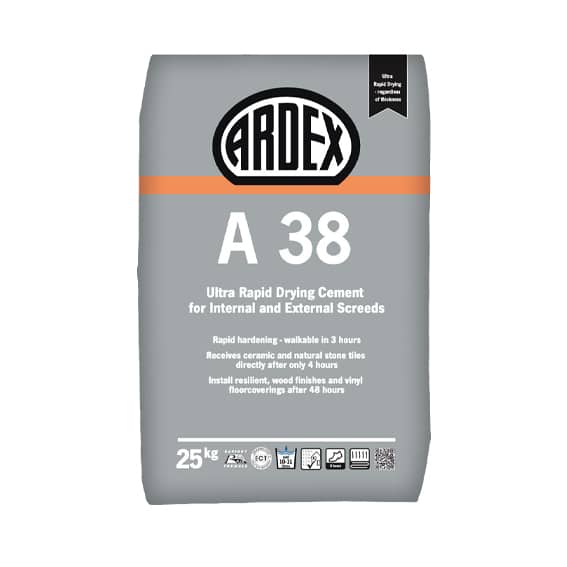
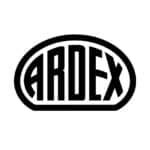
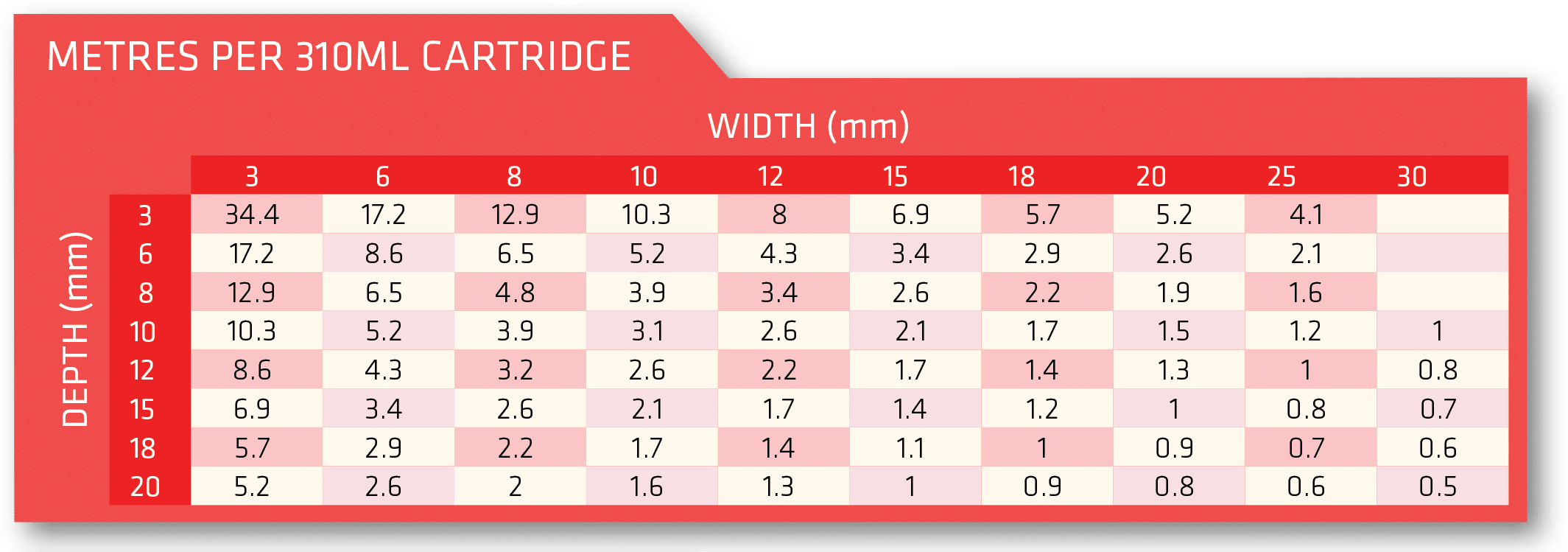
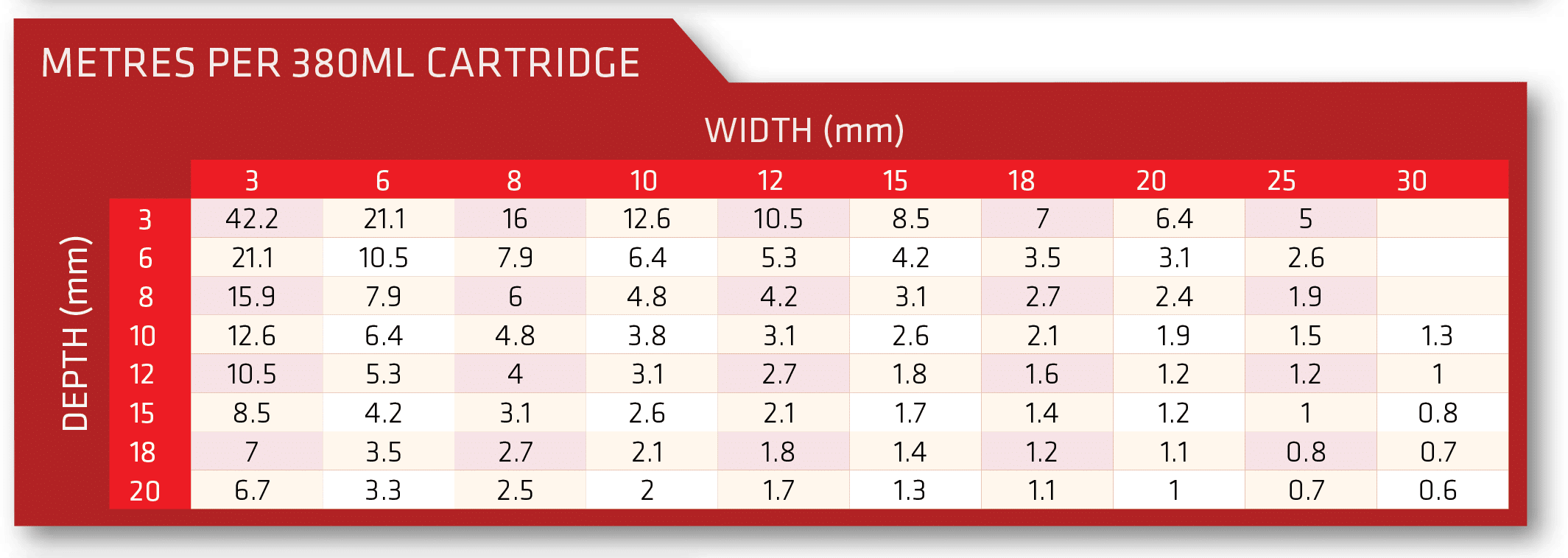
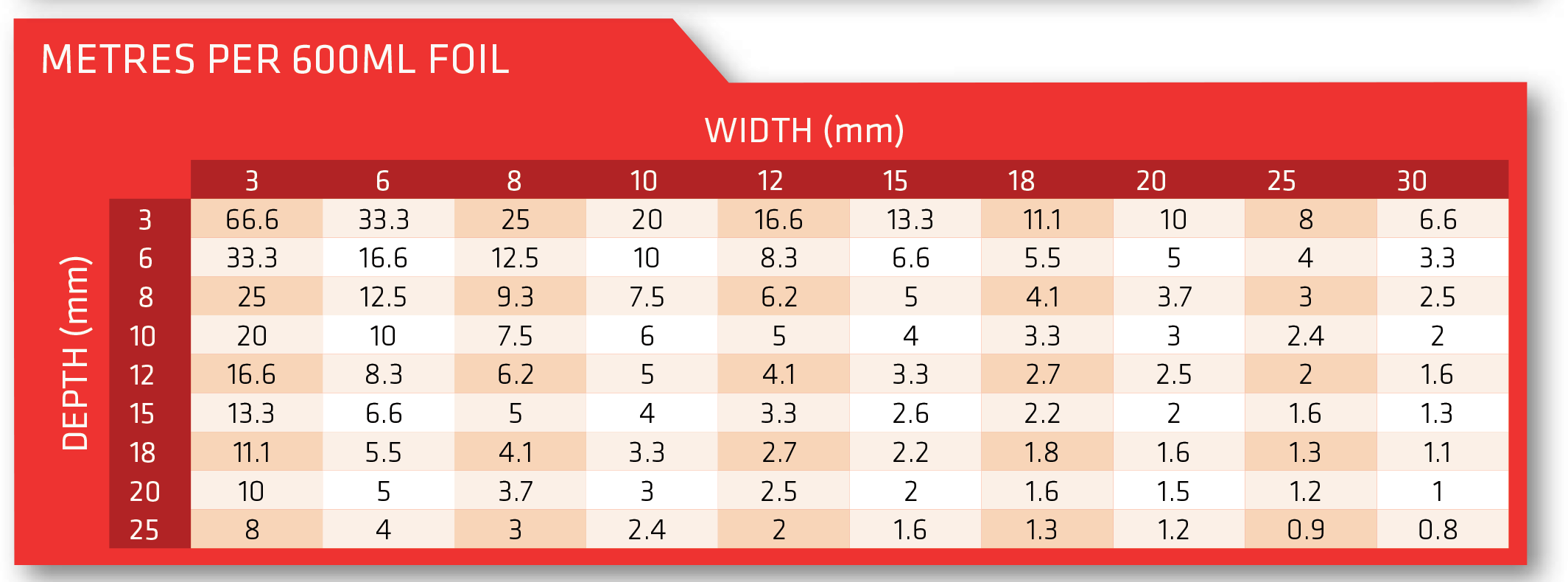

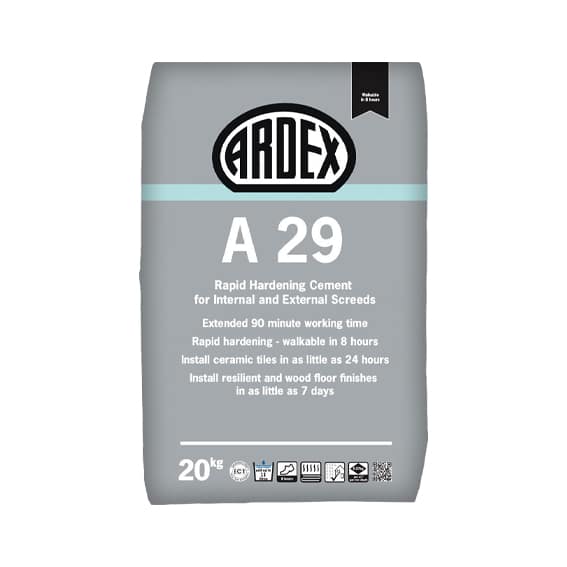
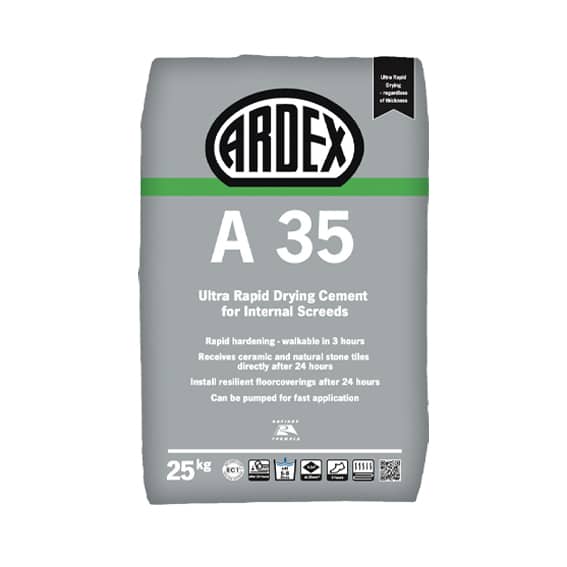
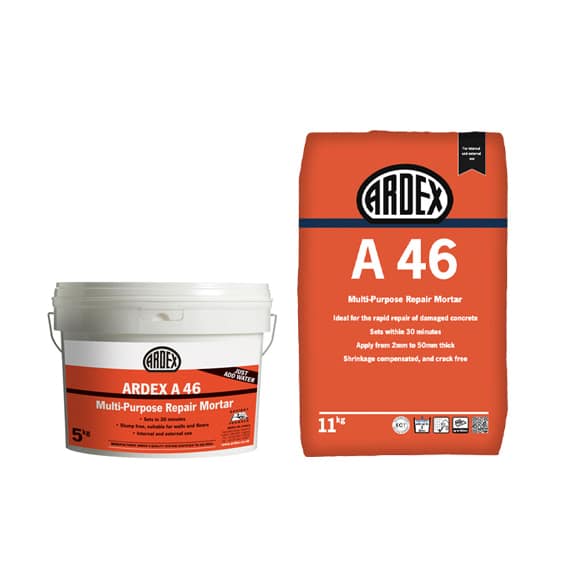

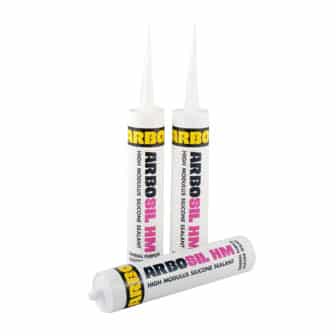

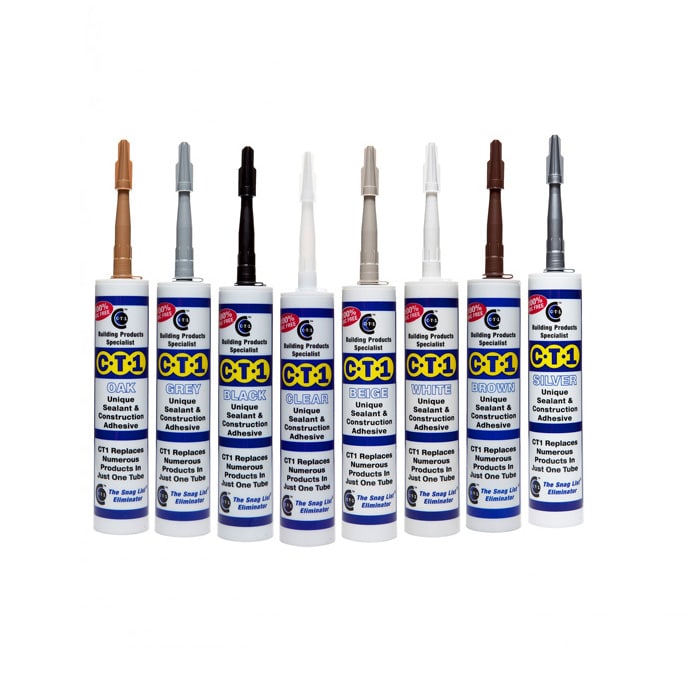
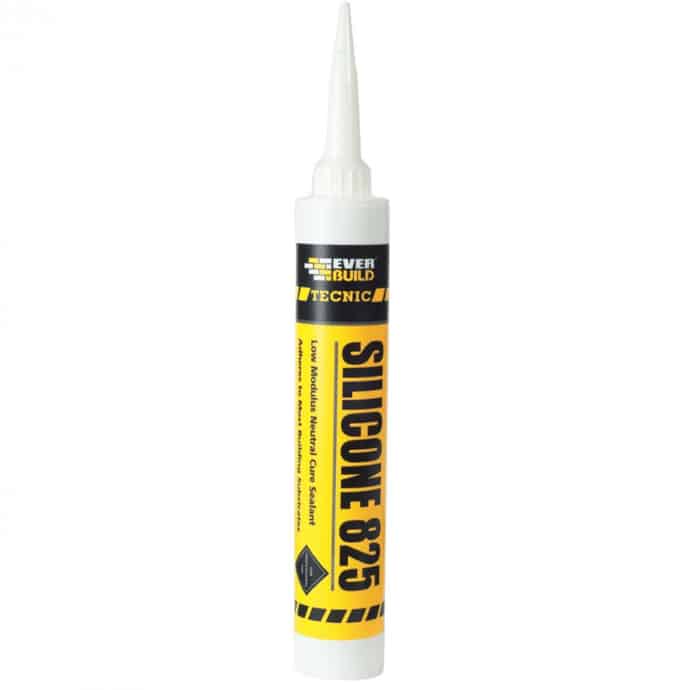
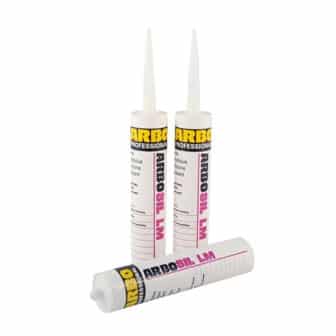
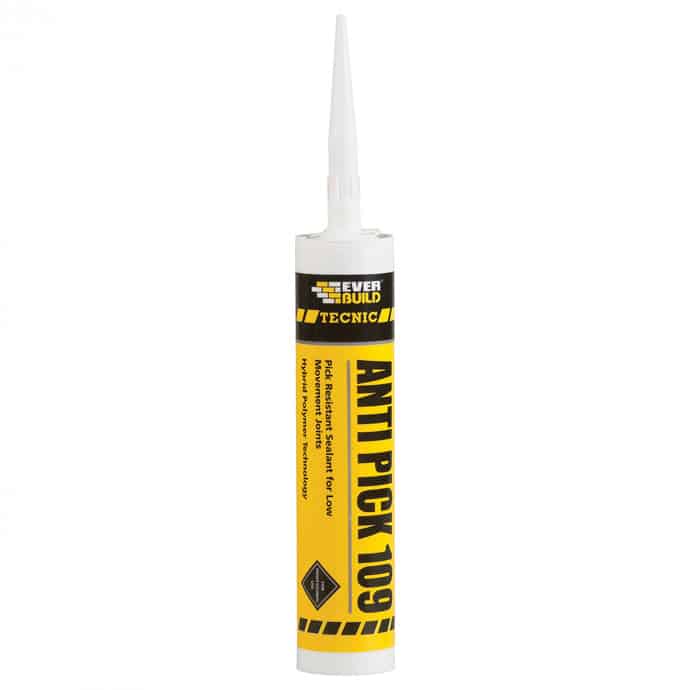
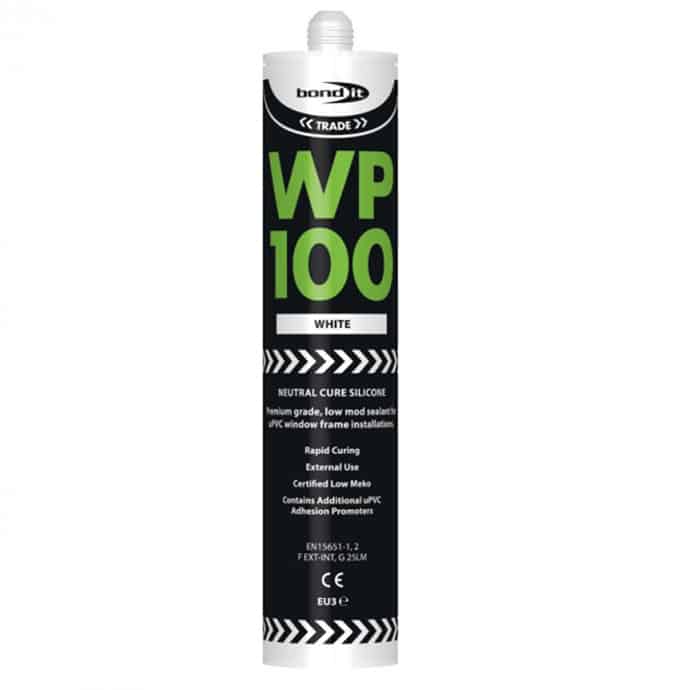
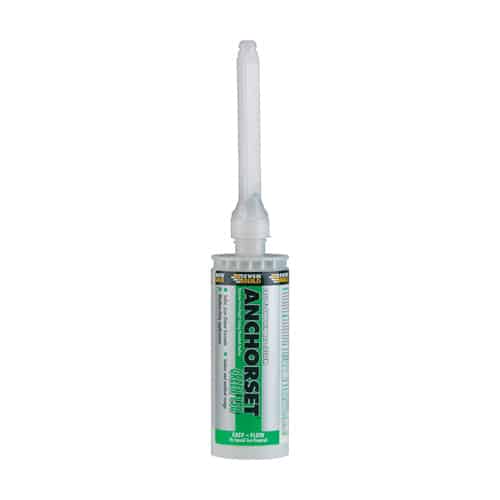
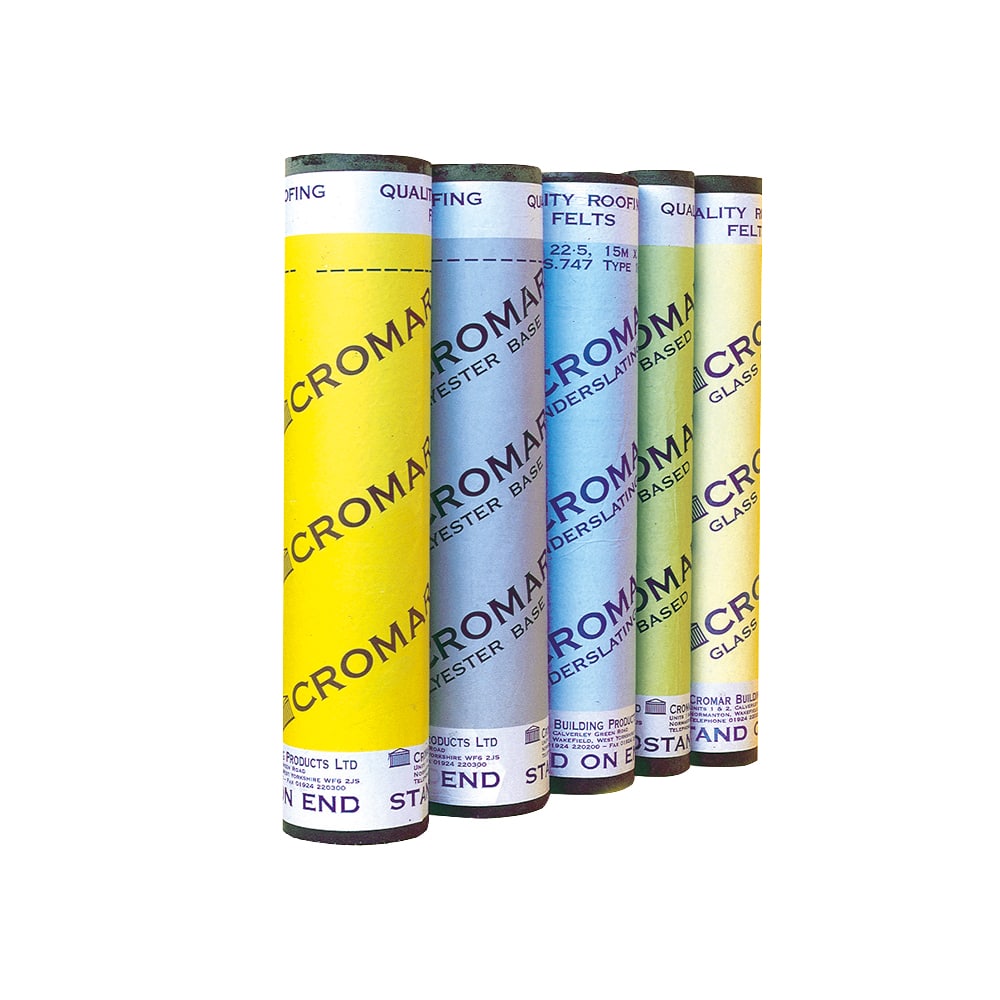
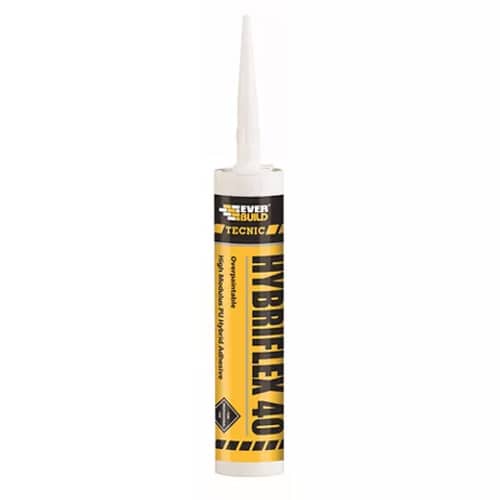
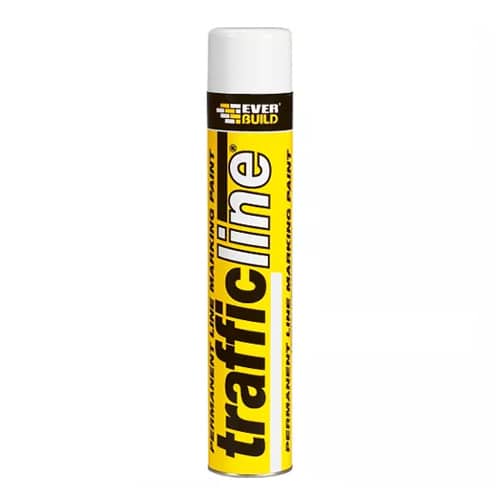
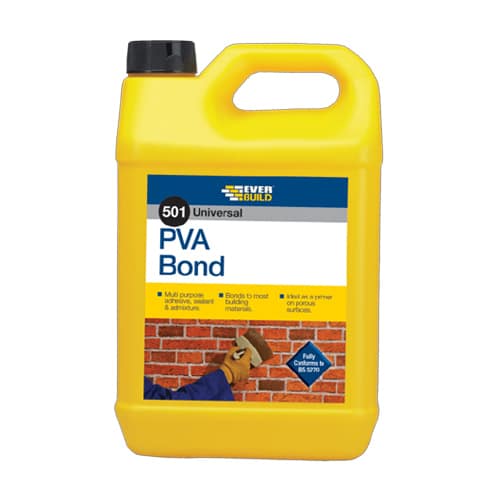
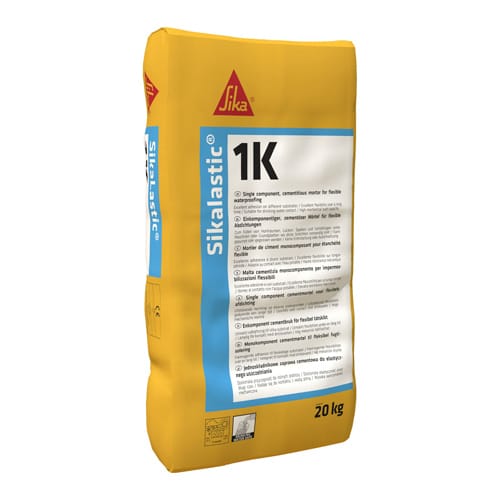
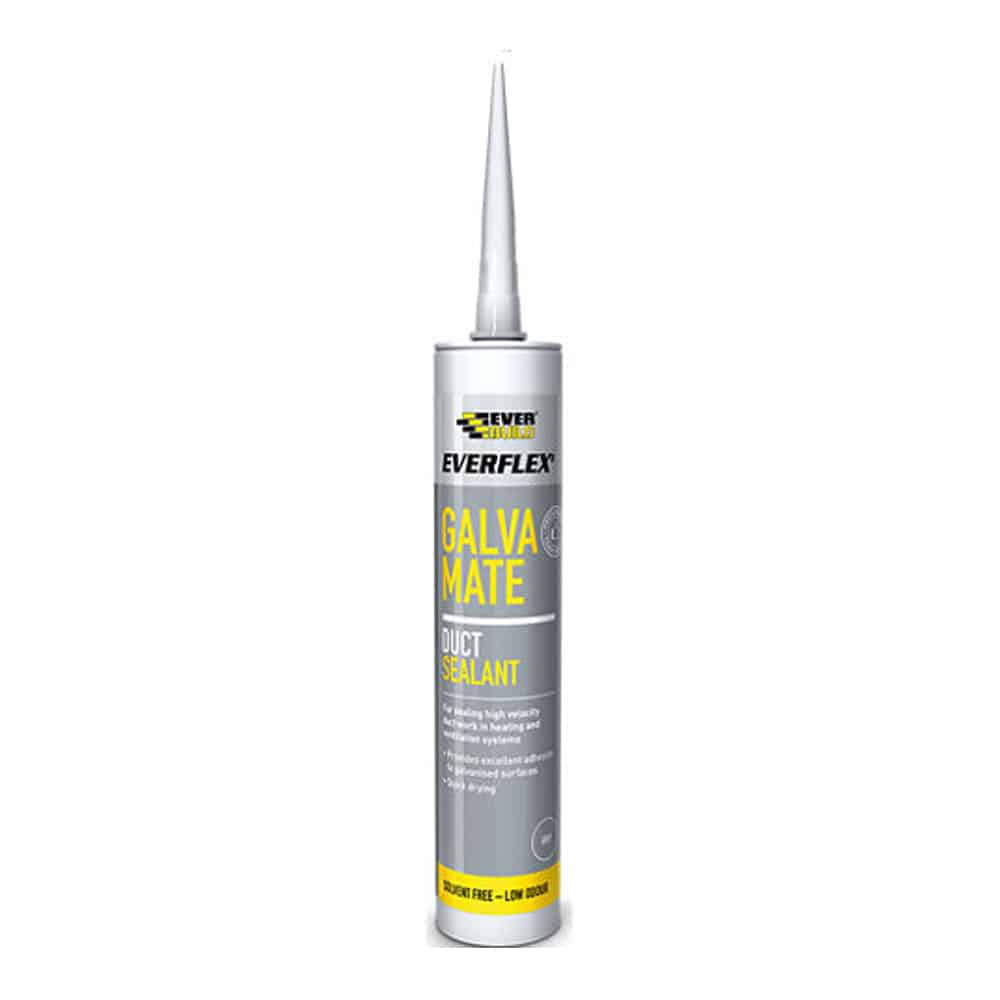

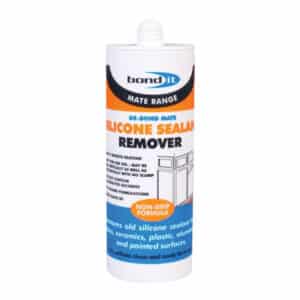
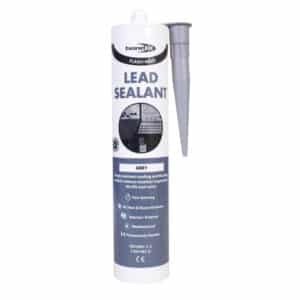
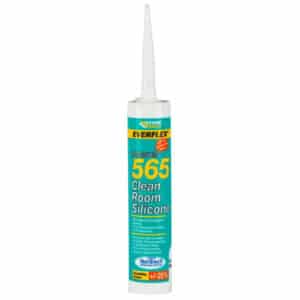
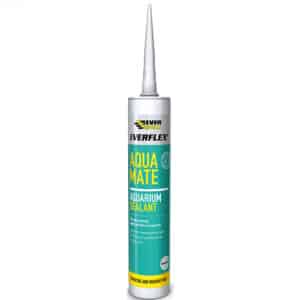
Reviews
There are no reviews yet.